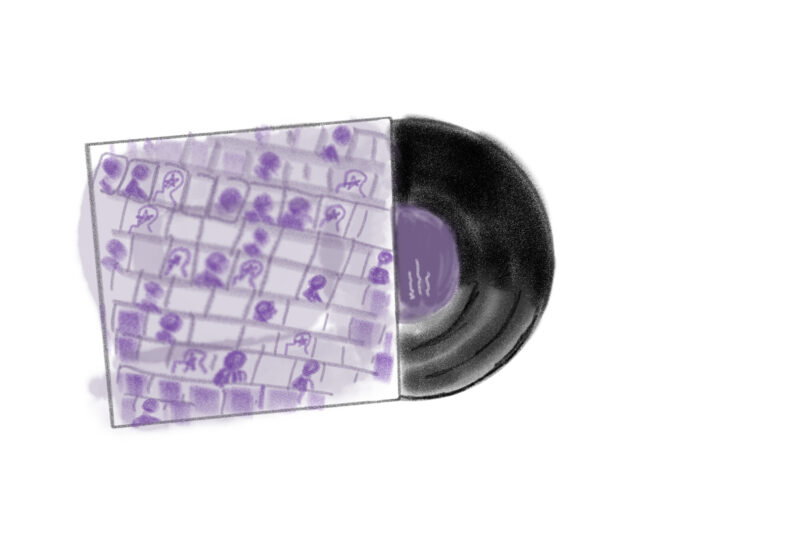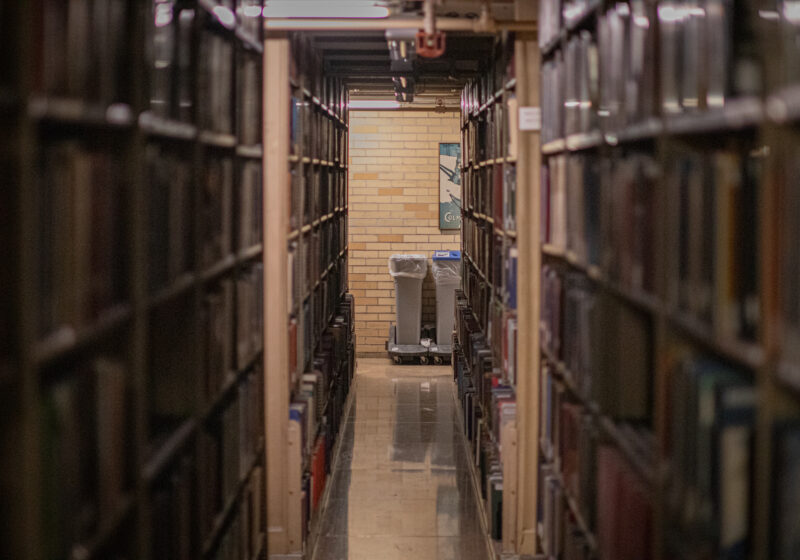Last week, the Institute for Electrical and Electronics Engineers, Inc. honored Doris Johns Cherry Professor Ching Tang with the 2007 Daniel E. Noble Award for his work in developing Organic light-emitting diodes, OLED’s, at the Lasers & Electro-Optics Society Annual Meeting in Lake Buena Vista, Fla.
Tang won the award because his OLED technology, responsible for creating a billion-dollar industry, provides better picture and is more energy efficient than the best LCD screens that are currently available.
Tang has also developed other technologies in the field of OLED screens and their manufacture, including innovative, new materials and better production methods.
Tang has more than 70 patents for his work and has won numerous awards, including the 2000 Eastman Innovation Award from Eastman Kodak and the 2001 Jan Rajchman Prize from the Society for Information Display.
Additionally, Tang’s work in photovoltaic technology may enable the production of more efficient solar panels. He worked on developing the first solar cells in the 1970s when he was at Kodak Research Laboratories.
Fleming is a member of the class of 2010.




